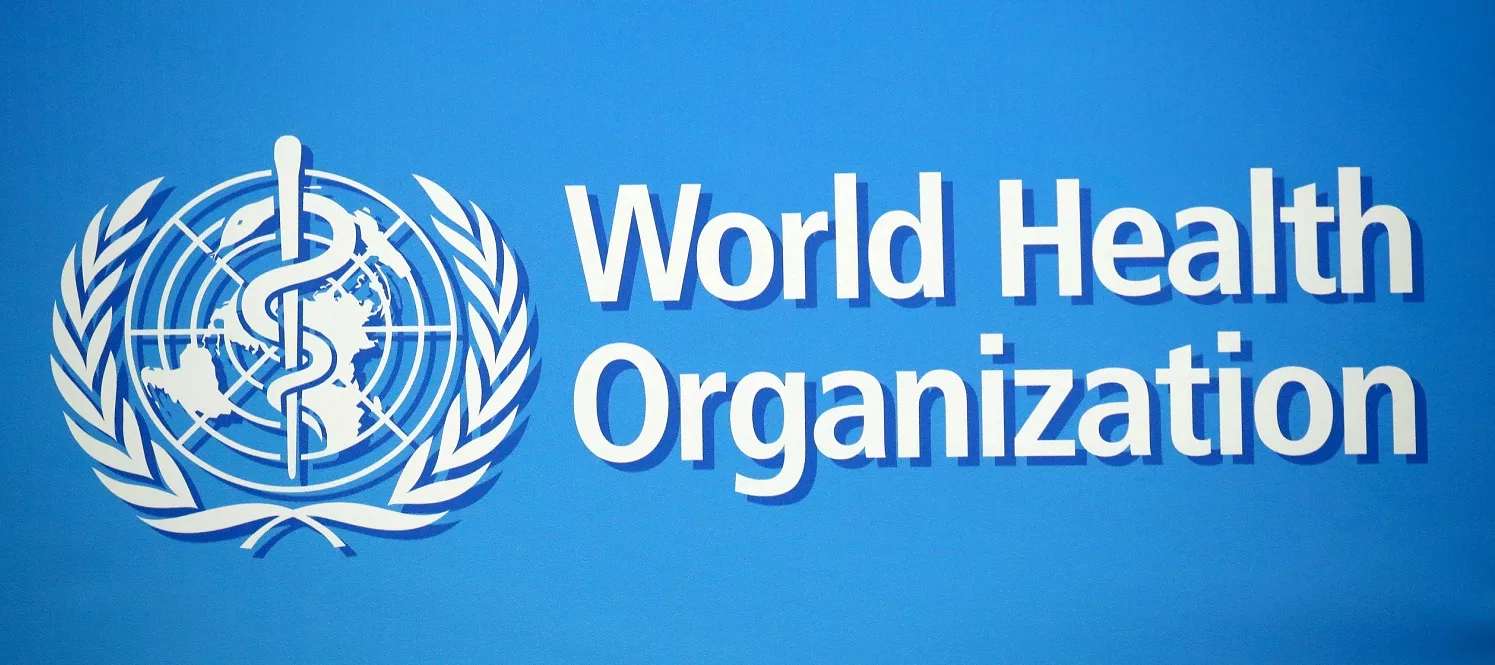Light Therapy Market to Witness Robust Growth, Surpassing USD 1.5 Billion by 2034
The light therapy market has grown increasingly prominent in recent years, reflecting advancements in therapeutic technologies and a rising awareness of light-based treatments for various health conditions. Light therapy, often referred to as phototherapy, utilizes specific wavelengths of light to treat disorders ranging from seasonal affective disorder (SAD) and skin conditions to sleep disorders and pain management. This non-invasive approach offers an alternative or complement to traditional pharmaceutical treatments, making it appealing to patients seeking fewer side effects and more natural healing methods.
Light Therapy Market is expected to reach USD 1012.1 million in 2024 and USD 1,586.8 million by 2034. In the forecast period, the market is expected to expand at a CAGR of 4.6%. A value of USD 1017.2 million was attributed to the light therapy business in 2023.
Healthcare providers, dermatologists, and wellness centers have widely embraced light therapy devices, integrating them into treatment protocols for both clinical and home use. The growing acceptance of these therapies is driving innovation, encouraging manufacturers to develop more portable, user-friendly, and effective devices. As consumer interest in holistic and non-pharmacological treatments continues to expand, the light therapy market is poised for significant growth in the coming years.
The current size of the light therapy market is reflective of its broad application across medical and consumer wellness sectors. Increasing demand for light therapy devices is fueled by rising awareness of mental health issues such as depression and anxiety, where light therapy has shown promising results. Additionally, dermatological uses, including the treatment of psoriasis, eczema, and acne, continue to expand the market’s reach.
Trends indicate a shift towards wearable and home-use light therapy devices, allowing individuals to manage their conditions conveniently without frequent clinical visits. The integration of smart technology and apps to monitor treatment duration and intensity also appeals to tech-savvy consumers, improving adherence and outcomes.
Moreover, innovations in light wavelengths, such as red and near-infrared light, have opened new therapeutic possibilities, extending light therapy’s application beyond skin-related issues to muscle recovery, inflammation reduction, and even cognitive health. The rise in self-care and preventive health strategies contributes to this expanding market trend.
Despite the promising outlook, the light therapy market faces challenges that could impact its growth trajectory. One major issue is the lack of standardized treatment protocols, which sometimes results in inconsistent outcomes. The effectiveness of light therapy varies with the wavelength used, treatment duration, and the patient’s specific condition, which can lead to skepticism among healthcare professionals and patients alike.
Another challenge lies in regulatory approvals and the varying standards across different countries, which complicates market entry for new products. Consumers often require clear evidence of efficacy and safety, meaning companies must invest in rigorous clinical trials and marketing efforts to build trust.
However, these challenges present unique opportunities. As scientific research continues to validate the benefits of light therapy for a wider range of conditions, acceptance is expected to increase. This scientific backing will also help pave the way for insurance coverage and wider adoption in medical institutions.
There is also significant opportunity in emerging markets where awareness and access to light therapy devices remain limited. Educating healthcare providers and consumers about the benefits of phototherapy can unlock untapped potential. Furthermore, collaboration between technology firms and medical researchers can foster the development of next-generation devices with enhanced efficacy and ease of use.
For patients, light therapy provides a non-invasive, drug-free treatment option with minimal side effects, making it attractive for those with chronic or recurring conditions. The ability to use devices at home empowers patients to take control of their health, improving compliance and treatment outcomes.
Healthcare providers benefit from adding light therapy to their treatment arsenal, especially as it complements existing therapies and reduces dependency on pharmaceuticals. Clinics offering light therapy can attract a broader patient base seeking holistic care.
Manufacturers and distributors gain from the expanding market demand by innovating devices that are more portable, affordable, and user-friendly. The ongoing integration of digital technology enhances product differentiation and customer engagement. Investors see light therapy as a growing segment with diverse applications, from clinical treatment to wellness and beauty.
Overall, the stakeholders in this market are positioned to capitalize on increasing consumer preference for personalized and preventive healthcare solutions, as well as rising investment in health tech innovation.
The geographical distribution of the light therapy market reveals varying degrees of adoption based on healthcare infrastructure, consumer awareness, and regulatory environments. North America remains one of the largest markets, driven by advanced healthcare facilities, high prevalence of conditions like seasonal affective disorder, and strong consumer demand for wellness products. The U.S. dominates this region, supported by active research and development and established distribution networks.
Europe follows closely with growing adoption of light therapy in both clinical and home settings. Countries with high healthcare expenditure and progressive regulatory frameworks facilitate market growth. The increasing focus on mental health and dermatological treatments in this region contributes to expanding demand.
In the Asia-Pacific region, the market is growing rapidly as rising disposable incomes, increasing urbanization, and expanding healthcare access encourage adoption. Countries such as China, Japan, and India are witnessing heightened awareness of phototherapy’s benefits. Government initiatives promoting non-invasive and alternative therapies further fuel growth.
Emerging markets in Latin America, the Middle East, and Africa currently represent a smaller share but show promising growth potential due to increasing healthcare investments and improving infrastructure.
Competition in the light therapy market is intensifying as more companies recognize the lucrative potential of this sector. Established medical device manufacturers are expanding their product portfolios to include advanced phototherapy devices, leveraging their existing relationships with healthcare providers.
At the same time, innovative startups focused on wearable and consumer-friendly devices are gaining traction. These companies emphasize design, portability, and digital integration, appealing to a broader consumer base.
Strategic partnerships and collaborations between technology firms, healthcare institutions, and research organizations are shaping the competitive landscape. Companies investing in clinical validation and regulatory approvals tend to build stronger market credibility.
Additionally, pricing strategies and after-sales services such as patient training and support are critical factors influencing competitiveness. The ability to offer customized solutions tailored to specific medical or wellness needs distinguishes market leaders from smaller players.
Several key players dominate the light therapy market, offering a range of products from professional medical devices to consumer-grade home-use equipment. These companies are investing heavily in research and development to refine technologies and expand therapeutic applications.
Market leaders often have global distribution networks and strong brand recognition, which enable them to penetrate diverse markets effectively. They also prioritize compliance with international safety and efficacy standards, ensuring trust among healthcare professionals and end users.
In parallel, emerging companies focused on niche segments such as sleep therapy, skin rejuvenation, or pain management are driving innovation. These firms often introduce specialized products with novel features, attracting specific patient groups.
The diversity of players in this market reflects its broad application and the continuous evolution of light therapy technology.
The light therapy market can be segmented based on product type, application, end-user, and distribution channel. Product types include light therapy devices such as LED panels, light boxes, laser devices, and wearable units. Each type caters to different therapeutic needs and settings, from clinical to home use.
Applications span mental health conditions like seasonal affective disorder, skin disorders including psoriasis and acne, sleep regulation, pain management, and wound healing. Among these, mental health and dermatology represent the largest shares due to high prevalence and effective treatment outcomes.
End-users range from hospitals, clinics, and dermatology centers to individual consumers purchasing devices for home use. The rise of telehealth and home care is boosting demand in the consumer segment.
Distribution channels include direct sales, online platforms, and retail outlets. The growth of e-commerce has made light therapy devices more accessible globally, allowing manufacturers to reach a wider audience with ease.
Future Market Insights, Inc. (ESOMAR certified, recipient of the Stevie Award, and a member of the Greater New York Chamber of Commerce) offers profound insights into the driving factors that are boosting demand in the market. FMI stands as the leading global provider of market intelligence, advisory services, consulting, and events for the Packaging, Food and Beverage, Consumer Technology, Healthcare, Industrial, and Chemicals markets. With a vast team of over 400 analystsworldwide, FMI provides global, regional, and local expertise on diverse domains and industry trends across more than 110 countries.
Future Market Insights Inc.
Christiana Corporate, 200 Continental Drive,
Suite 401, Newark, Delaware – 19713, USA
T: +1-347-918-3531
[email protected]
Website: https://www.futuremarketinsights.com
LinkedIn| Twitter| Blogs | YouTube









